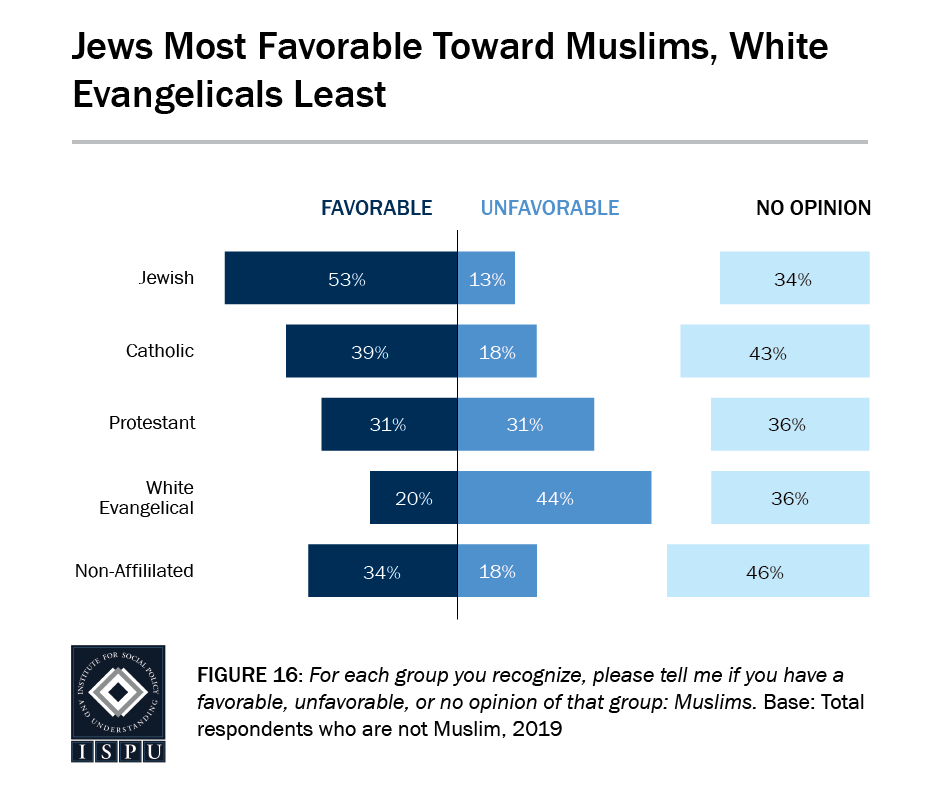May 17, 2019
The rial has lost more than half its value in the last five months, plummeting from 100,000 to the dollar in mid-December to more than 150,000 now.
To some the drop may not look so bad, given that the currency hit a record low of 190,000 rials to the dollar last September 26. But that was just a brief spike. The currency was above 150,000 rials to the dollar for just seven consecutive trading days late September. Apart from that weird and brief spike, the currency’s previous worst performance was 150,000 rials to the dollar. It has now surpassed that, hitting 156,500 to the dollar on May 9, according to the Bonbast website, before settling down around 150,000 in successive days.
After the September spike, the rial settled down, improving to just above 100,000 to the dollar on December 16. But since then, it has suffered a slow but unrelenting loss in value, passing 110,000 December 30, 120,000 January 20, 130,000 February 18, 140,000 April 9 and 150,000 May 6, according to the Bonbast website.
In Tehran, much of the media has blamed the fall on the United States for its dramatic announcement that it was sending a carrier task group and a batch of bombers to the Middle East. However, the latest slide began April 17, three weeks before the US announcement. So, while the US action may have exacerbated the rial’s crisis, it obviously did not cause it.
Central Bank Governor Abdol-Nasser Hemmati said the fall of the rial is the result of unnamed political developments and has nothing to do with economic factors. He said the currency would come back to “normal” after political tensions ease and urged the public not to plunk their money into foreign exchange.
Don’t expect the public to pay much attention to that. The foreign exchange business is now vey big business. The IBENA business news website reports there are now 692 licensed foreign exchange shops in the country, up 65 percent from the 419 registered two years ago.
Meanwhile, the Central Bank said that since Now Ruz more than 2.2 billion euros ($2.5 billion) worth of foreign exchange has been sold on the NIMA market (the green line on the chart), the source of foreign exchange for importers of non-essential goods. It said some of that money was the earnings of exporters that they are required to sell on NIMA, but that some unstated portion of that money was provided directly by the Central Bank.
The bank said exporters are still reluctant to sell their earning on NIMA, since its price is currently running at two-thirds what they can get selling their foreign exchange through the exchange shops. The Financial Tribune said exporters are offering barely one-third of their earnings on NIMA.






















